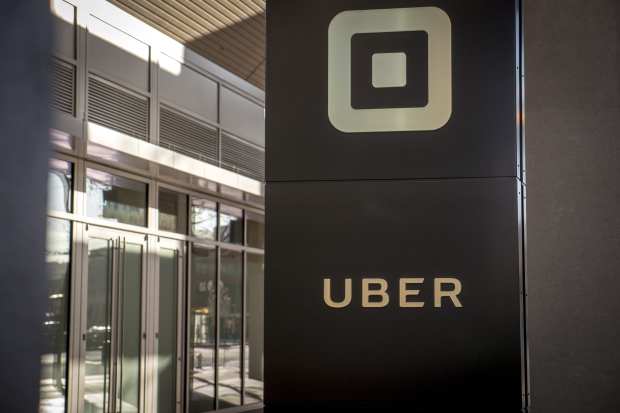The Lockup Unicorn Lockstep Of Uber And Post-IPO Peers

When it comes to lockups — look down. That’s the general trend of stocks after an initial public offering (IPO) when insiders are freed up to sell their shares.
Conventional wisdom holds that trading volume swells as insiders flood the market with their holdings, eager to trade on public exchanges for prices lower than had been seen before the lockup expiration.
That’s because insiders — management, employees and early investors — may have acquired their holdings at prices far lower than those seen coming into (and after) the IPO.
Thus, even selling at a discount to current prices still reaps rewards for those insiders.
The idea of a lockup is to keep insiders from flooding the market right when the IPO commences, which means giving public investors (including retail investors) the chance to have price discovery.
Uber’s own lockup expiration this week came six months after its IPO. The expiration affected roughly 1 billion of the firm’s 1.7 billion shares outstanding.
At this writing Friday (Nov. 8), shares of Uber traded at $27.39, flat on the day, and a bit lower than the $28 and change that was the price headed into Wednesday when the lockup expired. The volume has been notable, at nearly 41 million shares traded daily through the past 10 sessions compared to the three-month average of around 14 million. This of course indicates at least some insider selling. But the muted price action indicates that at least some investors who got in on the proverbial ground floor don’t want to sell given the fact that, as CNBC noted, and as detailed in the company’s own S-1, more than 540 million shares were bought by holders at prices north of $32. Being underwater can induce a bit of patience, it seems.
The Uber activity is presaged by other lockups. Beyond Meat, for example, is trading at about $80 a share, where it was trading at $105 a share just before its own end-of-October lockup. Lyft’s lockup expiration was on Aug. 19 of this year, and the stock traded down a bit more than 1 percent. More recently, the Lyft shares were trading at $43, down from the roughly $51 seen back then.
To be sure, many of these slides have contrasted with a generally rising stock market. And many of these slides have been company specific. Investors have been placing greater, and increasing, importance on profits, which remain elusive for many of these tech-intensive unicorns.
The fact that Uber has declined double-digit percentages in the wake of its latest earnings call (and yes, is down about 40 percent from its IPO), but declined only slightly in the wake of the lockup expiration, may indicate that holders are waiting for more news related to the evolution of the business model. As has been noted in this space, and detailed on the earnings call, the core ride-hailing business has been throwing off enough positive EBITDA (a rough measure of cash flow) to help cover overhead while growth marks other new businesses such as food delivery and freight. Management has said that growth will not come through discounting and firm-wide positive EBITDA may be on the horizon in 2021.
Here, Facebook may offer a bit of example. Back in November of 2012, the company’s shares were trading at roughly half a May debut IPO price of $38. Insider selling failed to materialize, and the stock jumped double-digit percentages back then. From a roughly $24 level back then, the social media giant’s shares now fetch about $190 today. Along the way, the company has developed a platform models that spans several types of services. Uber is already seeing cross-usage materialize among its users, where many consumers of its core services also tap into Uber Eats. It may be the case that the lockup expiration comes just before true growth is … unlocked. Time will tell.
